8 David Gilmour techniques that will change your playing style
This primer in the signature approaches of the Pink Floyd prog legend shows you the rudiments of his playing, from how he grips his pick and bends the strings, to chord fretting and more

David Gilmour’s lead style is a fusion of electric blues phrasing and rock guitar techniques, with an emphasis on string bending, whammy bar vibrato and a soulful touch, all delivered with unmatched taste and feel. To help you get inside his style, here we take a look at his playing techniques.
Small details such as fret- and pick-hand position all contribute to his signature style. Treat this initial section as a primer for the music that follows. If you can mimic Gilmour’s technique, you’ll get closer to his trademark feel.
1. Pick grip
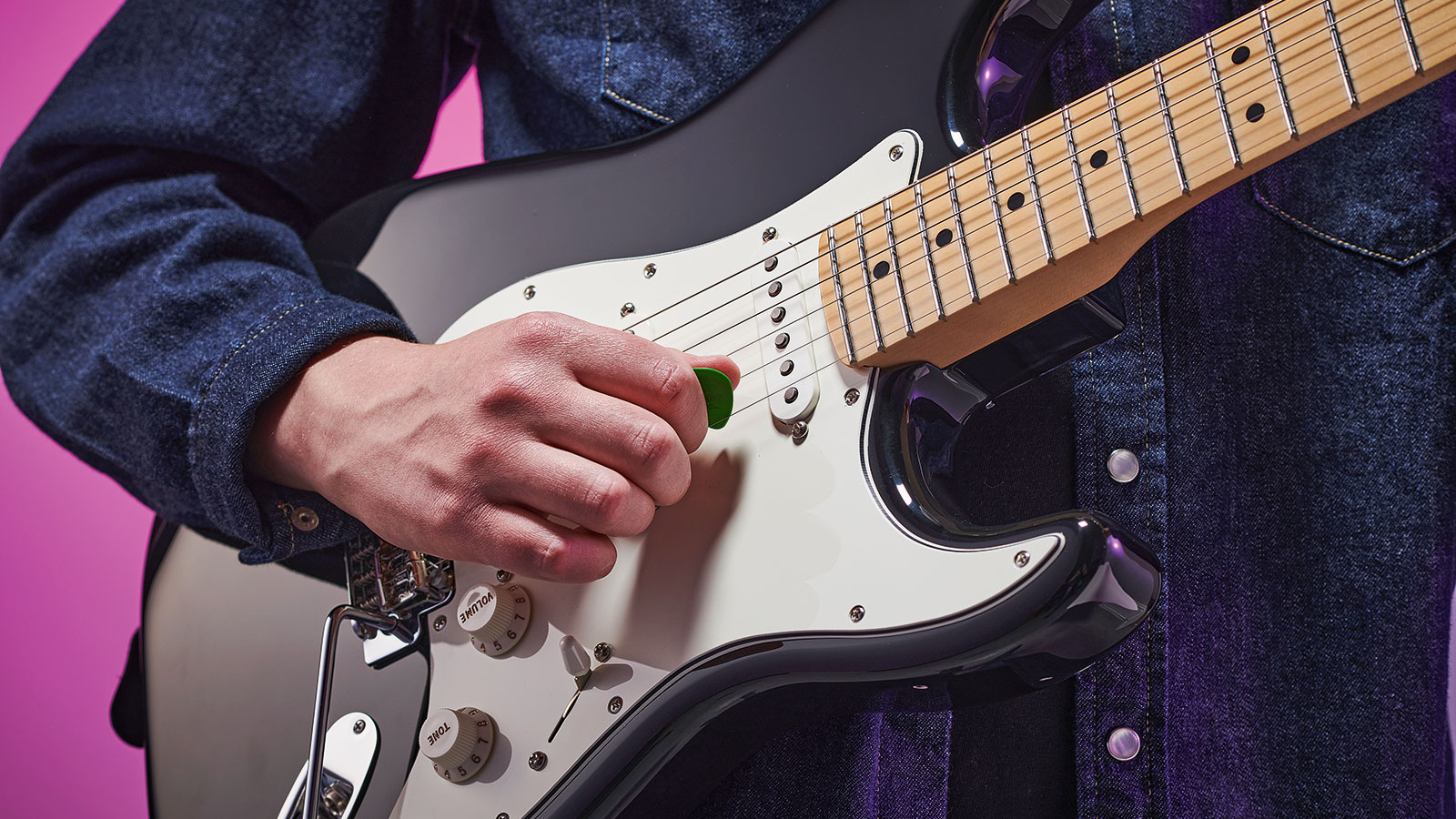
David uses a traditional pick grip between his thumb and first finger. He veers between a ‘flat on’ position and a 45 degree angle, the latter giving more bite – ideal for occasional pinched harmonics.
2. Pick-hand anchoring
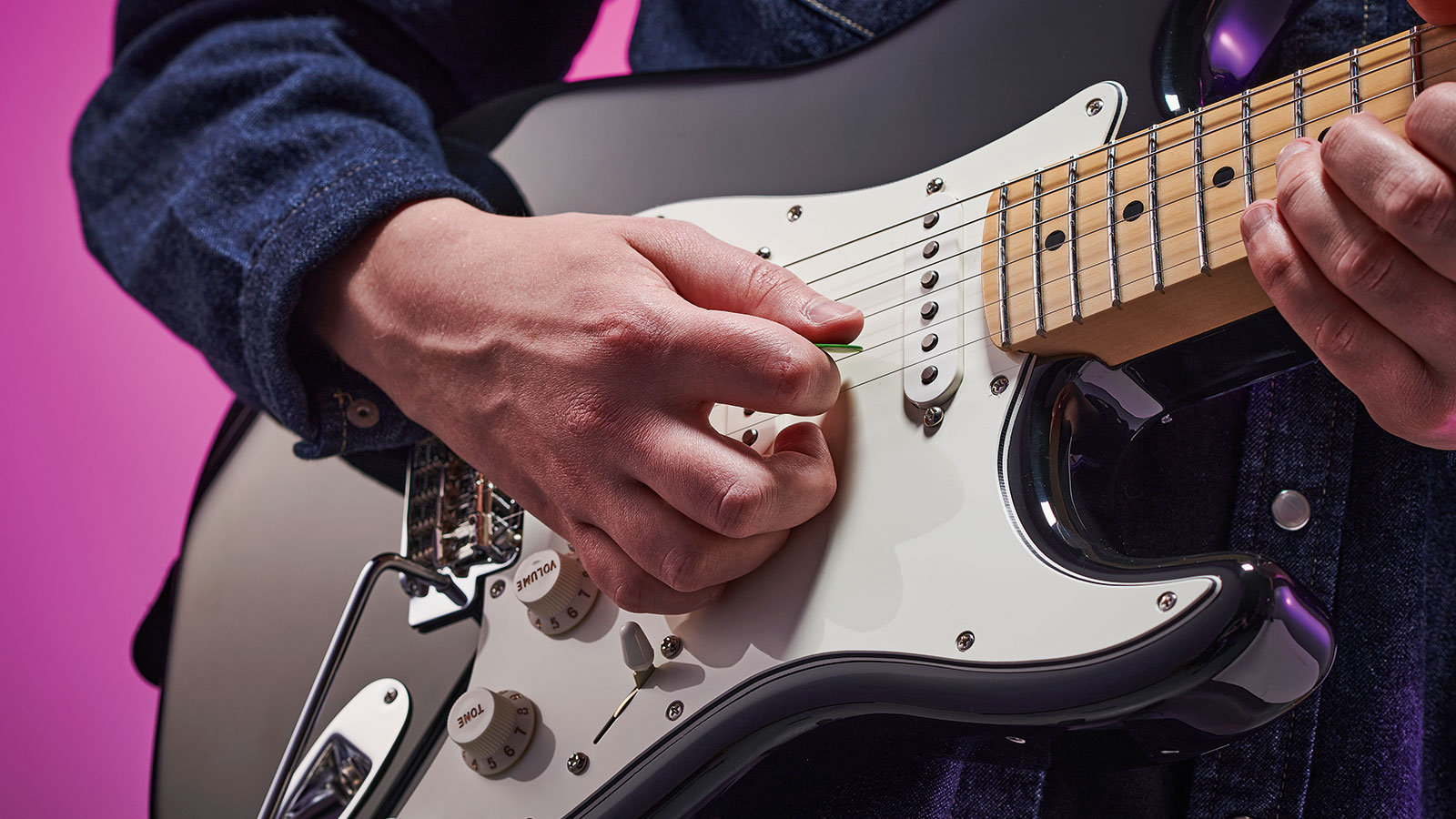
David has a relaxed and free-moving picking motion. Occasionally, he’ll rest his fingers on the scratchplate, just below the first string, for stability and a reference point for his pick hand.
3. String bending
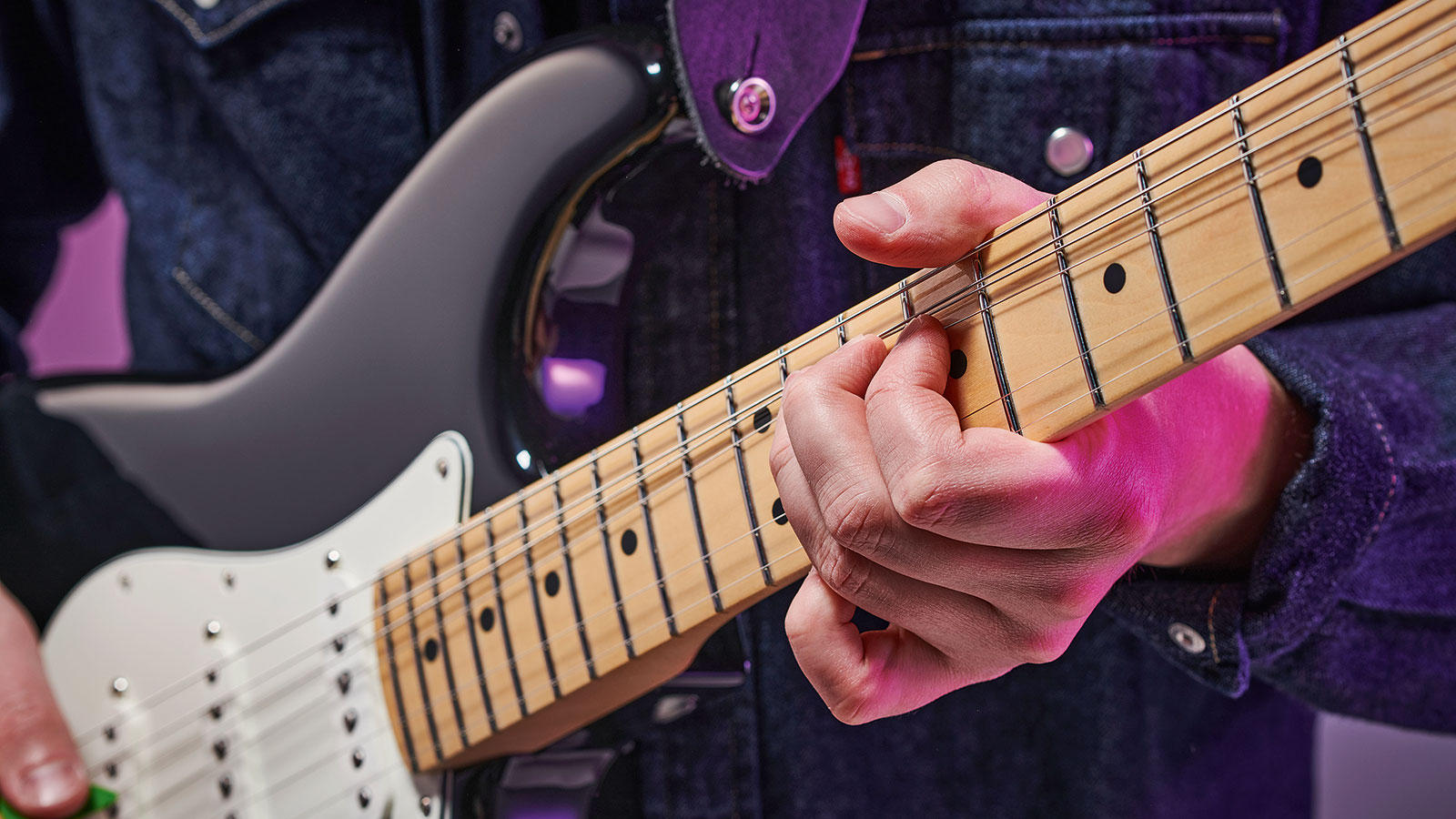
David’s bending technique is a simple approach employed by many players. Typically he’ll add his first and second fingers behind finger three, with the thumb anchored against the top of the neck for grip.
4. Whammy bar grip
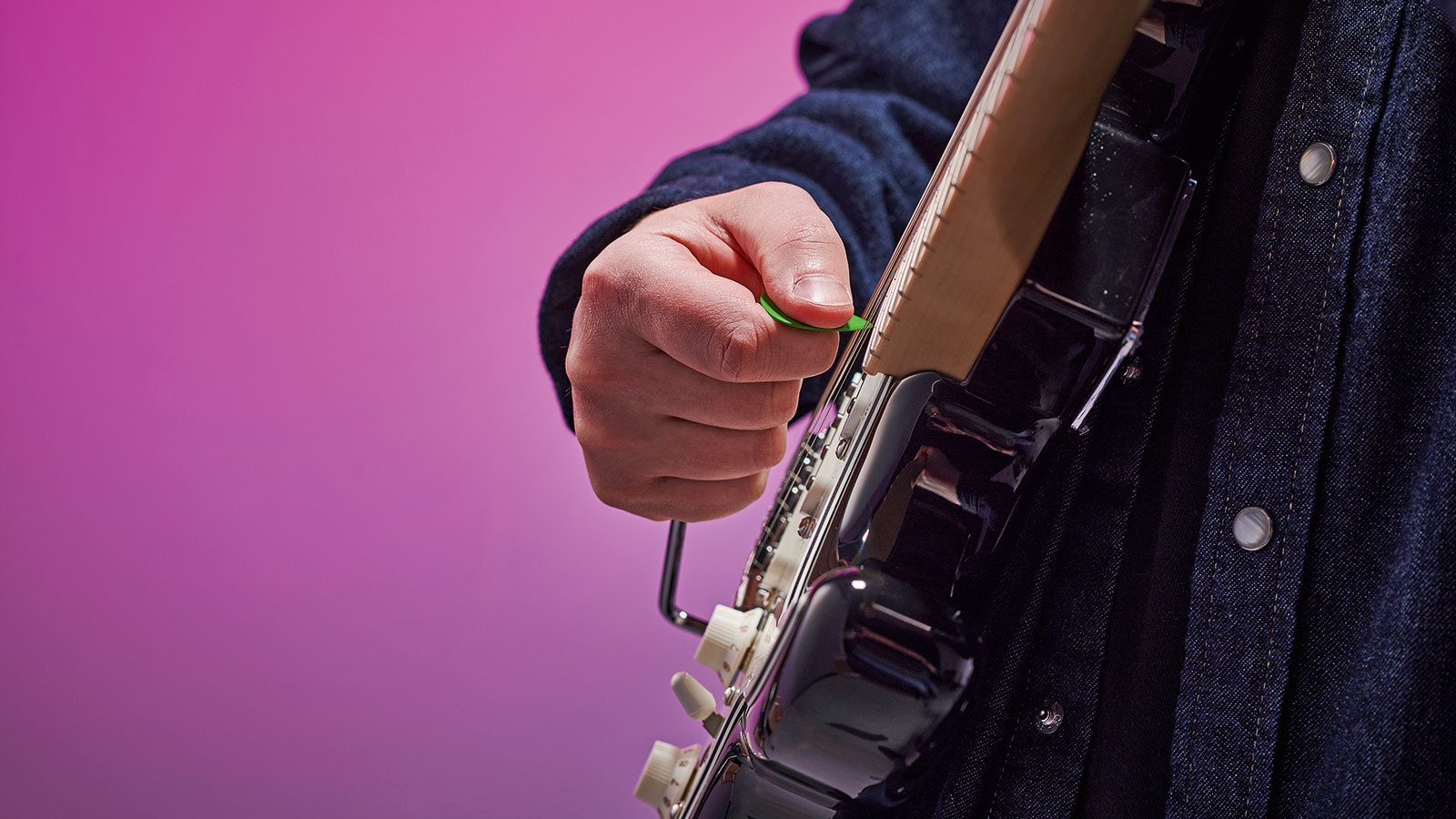
Gilmour’s tremolo arm use can be summarized like so: whammy bar vibrato – a lot; tone and semitone dips – quite frequent; wide interval dives – occasionally. He’ll often hold the arm while picking the strings.
5. Thumb-over-the-neck chords
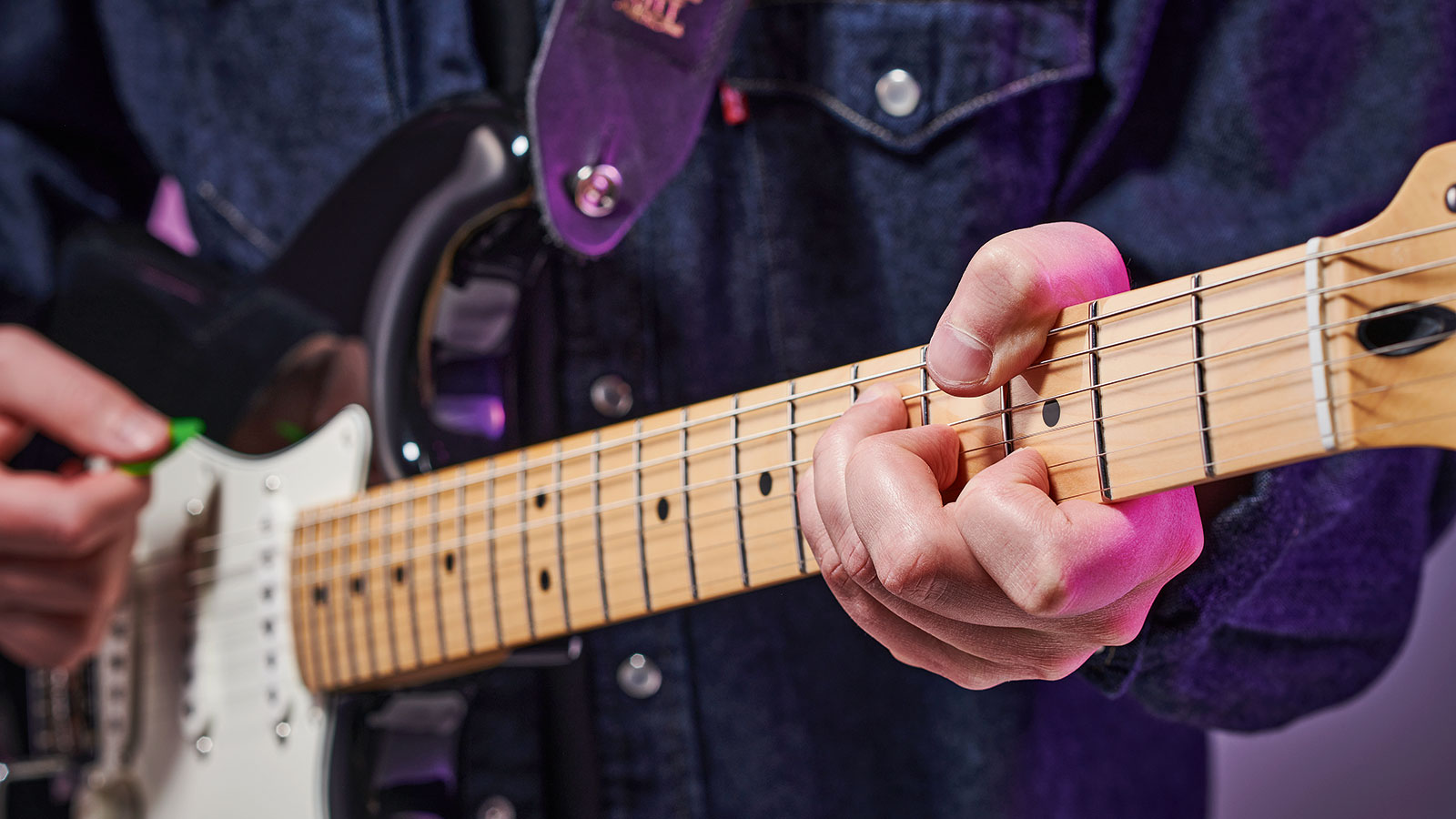
David often uses his thumb to fret the bass string, freeing up his fingers to play the top part of the chord. Typically the fifth string isn’t used with this kind of shape and will need to be muted.
All the latest guitar news, interviews, lessons, reviews, deals and more, direct to your inbox!
6. Second finger tapping
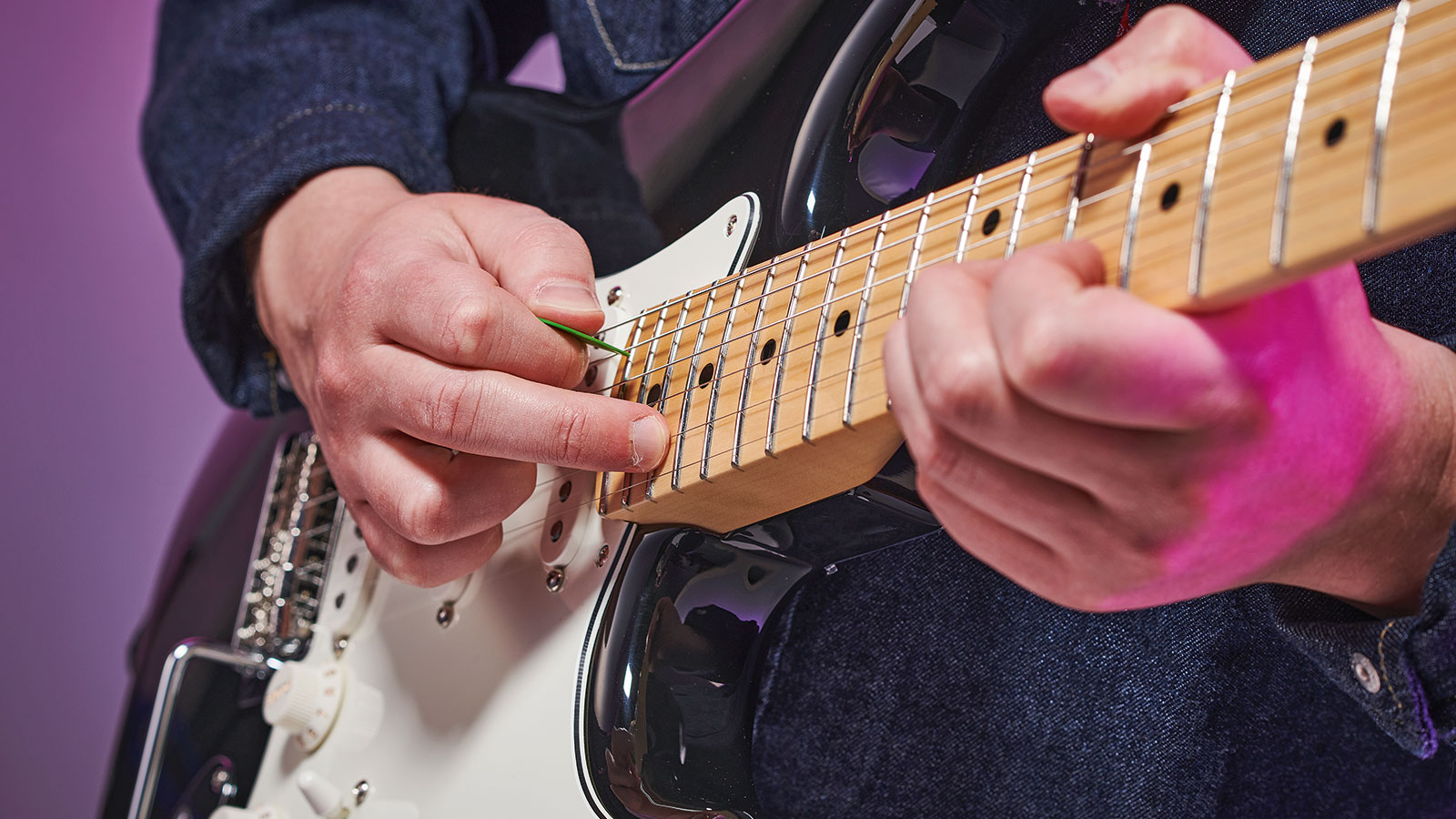
Though he only occasionally employs the technique, typically David will tap using his second finger so that he doesn’t have to make any adjustments with his plectrum, and he can quickly return to picking.
7. Scale playing
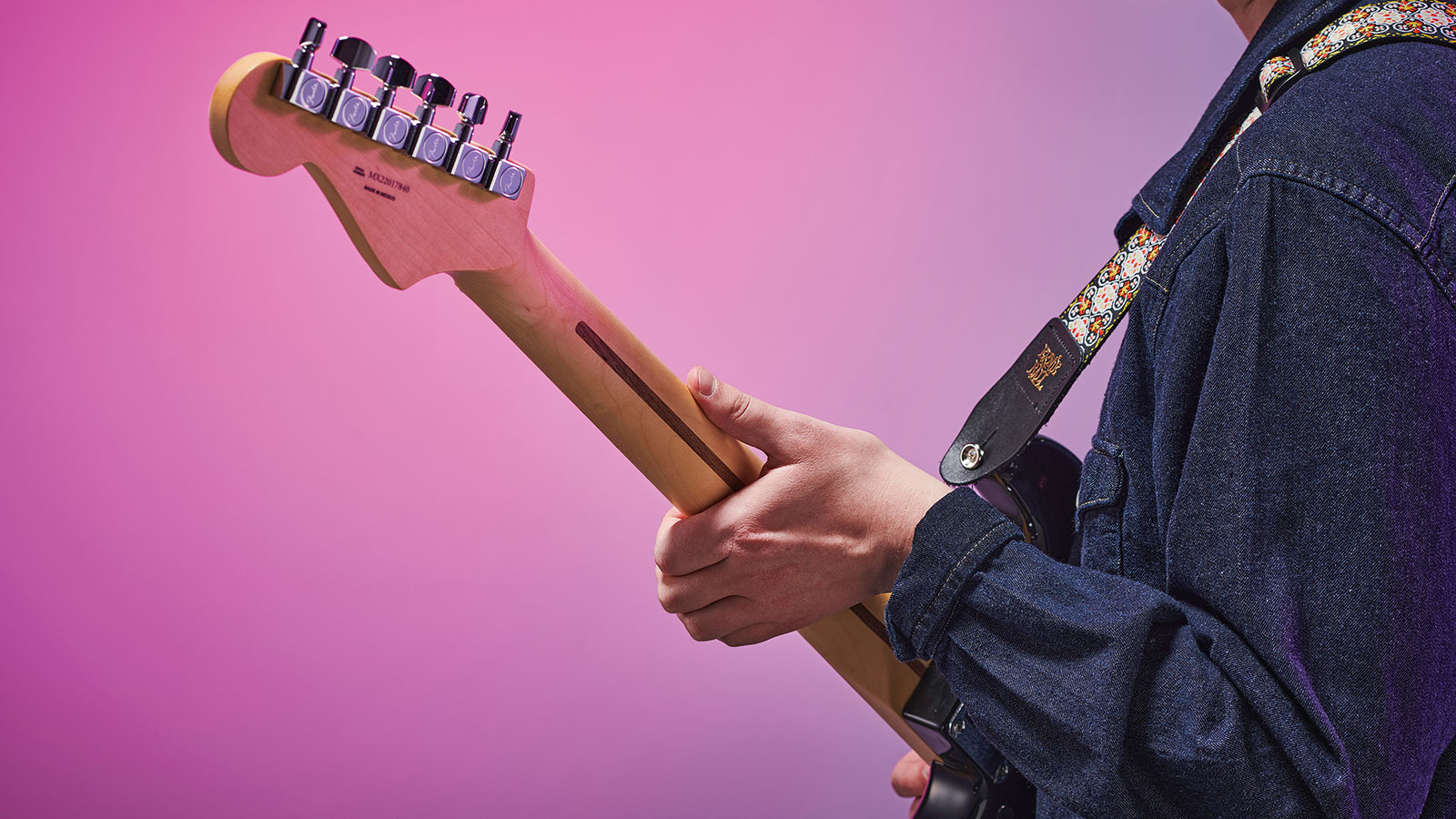
When soloing, David’s thumb is generally rested on the back of the neck towards the top. This positions his hand so that he can rely mainly on his first, second and third fingers, with his fourth coming into play only occasionally.
8. Doublestops
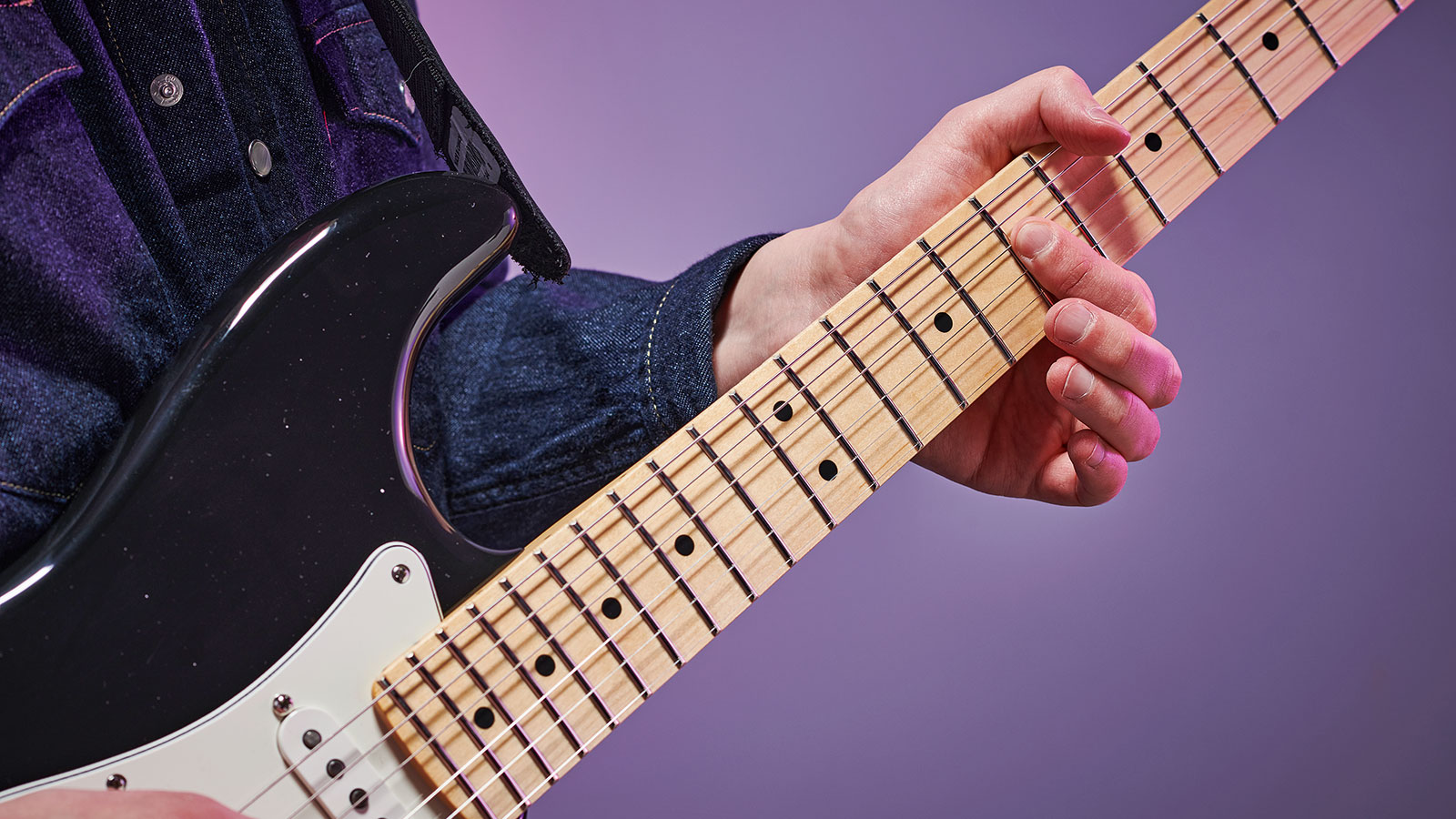
David often beefs up his lead work with doublestops played with his first or third fingers. Almost any pair of strings can work as a doublestop if you are using a minor pentatonic box shape.
Jon Bishop is a UK-based guitarist and freelance musician, and a longtime contributor to Guitar Techniques and Total Guitar. He's a graduate of the Academy of Contemporary Music in Guildford and is touring and recording guitarist for British rock 'n' roll royalty Shakin’ Stevens.

